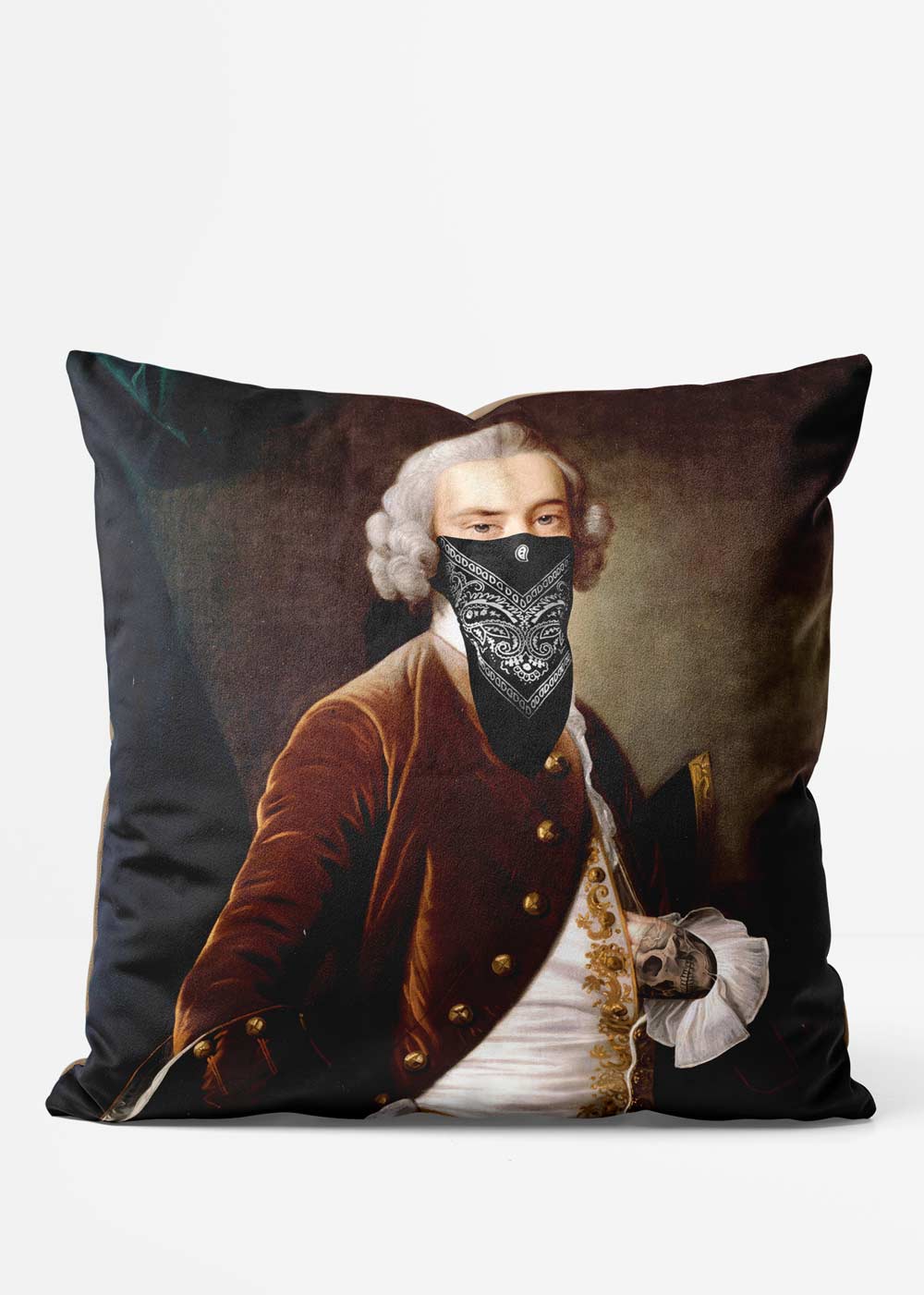Unique Art Fundamentals Explained
Unique Art Fundamentals Explained
Blog Article
Top Guidelines Of Unique Art
Table of ContentsUnknown Facts About Unique ArtGetting The Unique Art To WorkUnknown Facts About Unique ArtUnique Art Fundamentals Explained
While one might dispute which art kind holds priority, the reality remains that each of these seven types provides an unique home window right into human background, culture, and development. They are the tapestries that chronicle our journey, reminding us of our past while inspiring visions for the future.Fantastic art work narrates, makes people look two times, and creates a distinct experience that can not be matched. Art and illustrations connect all of that with color, shape and various other design aspects. Learn how to make your one-of-a-kind art work attract attention from the crowd.
3 Emil DervishIn this entrance by Emil Dervish that stunning cobalt blue door swipes the program. To bring also more drama, he extended the paint. to the doorframe and the wall surface up, ending up in an arched form. The contours, in addition to a spherical sconce, soften the edges - Unique Art. Structures vintage posters and maps of beloved places established the scene.
8 TRIA GIOVANEqual parts grand and laidback, this entrance hall created by Anthony Baratta is the best blueprint to comply with if you're decorating an official entryway that still feels unfussy and comfy. Formed textiles take spotlight (see the rugs and the sofa), but they also assist bring the high ceilings to a human range when hung over wallpaper.
Get This Report on Unique Art
18 Heidi Caillier DesignA gallery wall does not require to occupy the whole room. In some cases a small one can make a larger design statement. In this living space, Hiedi Caillier went with micro-mini frameworks and an arbitrary make-up. Promotion - Continue Analysis Below19 Stephen Kent JohnsonDesigner Juan Carretero went with a deep environment-friendly paint shade to comparison with the light wood finishes.
, the expression of ideas and emotions, with the production of certain aesthetic top qualities, in a two-dimensional aesthetic language. The elements of this languageits shapes, lines, colours, tones, and texturesare made use of in different ways to produce feelings of volume, space, movement, and light on a flat surface area. These components are combined into meaningful patterns in order to stand for real or mythological phenomena, to analyze click here for more info a narrative theme, or to create entirely abstract aesthetic connections.
Later the notion of the "fine musician" established in Asia and Renaissance Europe. During the 19th century painters in Western cultures started to shed their social position and safe patronage.
Unknown Facts About Unique Art
Others gained a revenue via exploring exhibitions of their job. The requirement to appeal to a market had changed the similar (if less impersonal) needs of patronage, and its impact on the art itself was probably similar. Usually, artists in the 20th century can reach a target market just via industrial galleries and public museums, although their work might have been occasionally recreated in art periodicals
For the background of paint in old Egypt, see Egyptian art and style. The advancement of paint in various regions is treated in a variety of articles: Western paint; African art; Main Eastern arts; Chinese painting; Islamic arts; Japanese art; Oriental art; Native American art; Nautical art and architecture; South Asian arts; Southeast Asian arts. It is the sense of inevitability Clicking Here in this formal company that provides an excellent painting its self-sufficiency and existence. The colours and placing of the principal photos in a design may be in some cases greatly determined by representational and symbolic considerations. It is the official interplay of colours and forms that alone is capable of connecting a certain mood, creating optical feelings of space, volume, movement, and light and developing forces of both harmony and tension, even when a paint's narrative significance is rare.
Do not copy the style of various other musicians if you're trying to locate your style. Copying other individuals's art work can be terrific in educational purposes yet it will certainly not make you closer to discovering your own special design. Your imaginative style needs to be, what you like and what influences you.

The Unique Art Statements
You require to try great deals of different choices and check out whatever before you can focus on one certain design or you'll be tired, or even worse, you'll hate your own design. I suggest you to try every solitary subject that you're interested in, discover as much as you can. Attempt various mediums that thrill you and new strategies you have actually never ever tried before.
With time you'll have the ability to sort every one of them right into your preferred and the very least favored classifications. Try to concentrate your focus on the subjects and tools that you like and before you see it coming you'll have your own personal and distinct design, like no person else have! In the end you'll have a few preferred topics to repaint and perhaps a few favorite mediums.

Report this page